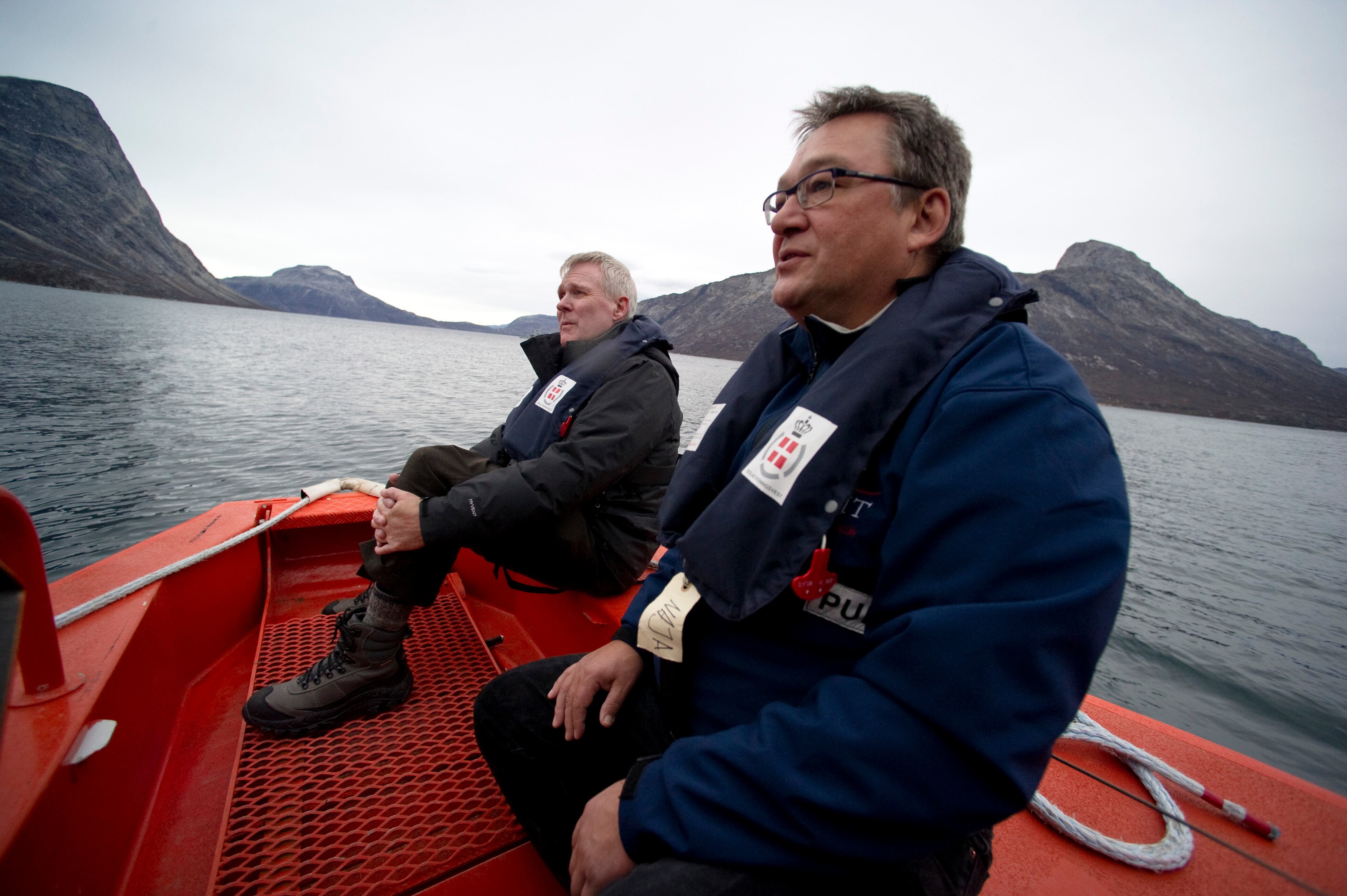When he took office as secretary of defense, retired Marine Gen. Jim Mattis urged the armed forces to battle the effects of global climate change.
The order by Mattis was backed by a slew of scientific studies — including those commissioned by the Pentagon — and concerns expressed by a growing number of past and present military leaders.
“Climate change is impacting stability in areas of the world where our troops are operating today,” Mattis indicated in written testimony to the Senate Armed Services Committee in 2017.
“It is appropriate for the Combatant Commands to incorporate drivers of instability that impact the security environment in their areas into their planning.”
But the Navy quietly shut down its specialized U.S. Navy Task Force Climate Change in March, reversing an Obama-era initiative designed to prepare naval leadership for global shifts in sea levels, melting ice sheets and ocean temperatures.
Navy officials told E&E News, which initially reported the termination of the program, that the task force’s mission was one that was “no longer needed.”

But questions soon arose into whether the task force’s demise could be traced to ongoing efforts by President Donald J. Trump to end numerous federal climate change initiatives, reversing policies instituted by the previous administration beginning in 2009.
“I believe that there’s a change in weather, and I think it changes both ways,” Trump said in a June 2019 interview on “Good Morning Britain.”
“Don’t forget it used to be called global warming. That wasn’t working. Then it was called climate change. Now it’s actually called extreme weather, because with extreme weather, you can’t miss.”
Trump’s remarks arrived two years after he announced the United States’ withdrawal from the Paris accord to battle climate change by preventing a 2 degrees Celsius rise in global temperature above pre-industrial levels.
The president said that U.S. participation would “undermine our economy" and leave the nation "at a permanent disadvantage.”
RELATED

While Trump downplayed the problem, his Pentagon quietly continued to follow a “climate change adaptation roadmap” to protect against catastrophic storms that put coastal bases at tremendous risk.
That trail had been blazed for military leaders in a 2010 report by U.S. Joint Forces Command. It was forwarded and signed by then-Gen. Mattis.
The JOE — Joint Operating Environment — assessment cautioned that climate change had become one of the top 10 trends facing military leaders, especially commanders who might be called to conduct missions in coastal zones less than 10 meters above sea level.
That’s where about one-fifth of the world’s population lives, people who are uniquely at risk for floods, tsunamis, hurricanes and other potential disasters.
“If such a catastrophe occurs within the United States itself — particularly when the nation’s economy is in a fragile state or where U.S. military bases or key civilian infrastructure are broadly affected — the damage to U.S. security could be considerable,” the report warned.
The report’s authors also looked at how rising powers such as Russia and China were seeking to exploit the potential effects of climate change on the polar regions.
“Sea ice has been shrinking dramatically in Arctic regions each summer, and in the future this could open new shipping routes across archipelagic Canada and Northern Russia that could dramatically shorten transit times between Europe and Northeast Asia," according to the 2010 report.
Nine years later, the concerns of the paper’s authors were reinforced by a similar Department of Defense report that revealed recurrent flooding, drought, desertification, wildfires and thawing permafrost threatened more than two-thirds of military installations critical to mission capability.
In the Hampton Roads region in Virginia, for example, officials saw "recurrent flooding today, and we are beginning work to address a projected sea-level rise of 1.5 feet over the next 20 to 50 years,” the 2014 road map claimed.
Naval Station Norfolk — the headquarters of the Atlantic Fleet where sea levels have risen nearly 15 inches since World War I — floods about 10 times annually, a number researchers estimate will rise to 280 events by the year 2100, according to a report by The Union of Concerned Scientists.
In March, former Secretary of the Navy Ray Mabus wrote that climate change “is a national security threat.”
“Stronger storms will lead to increasing damage to coastal military facilities, as when Hurricane Michael caused substantial damage at Tyndall Air Force Base in Florida. Stresses on resources and agricultural changes will increase the global flow of refugees and cause cross-border instability. That, in turn, will mean greater involvement of U.S. forces around the world," Mabus warned.
But the sense of urgency that flowed through the reports between 2010 and 2019 neither buoyed the Navy’s climate change group nor sparked major reforms across the armed forces.
Retired Rear Adm. Jon White, who spearheaded Task Force Climate Change from 2012 to 2015, told E&E News that he saw “little evidence” that the research undertaken by the Navy and scientific community has even been implemented in any of the military’s environmental strategies.
“Across all of the Department of Defense, it is hard for me to see that climate change is taken as seriously as it should be,” said White, now the president of the Consortium for Ocean Leadership.
“The task force ended, in my opinion, without full incorporation of climate change considerations.”
J.D. Simkins is the executive editor of Military Times and Defense News, and a Marine Corps veteran of the Iraq War.





